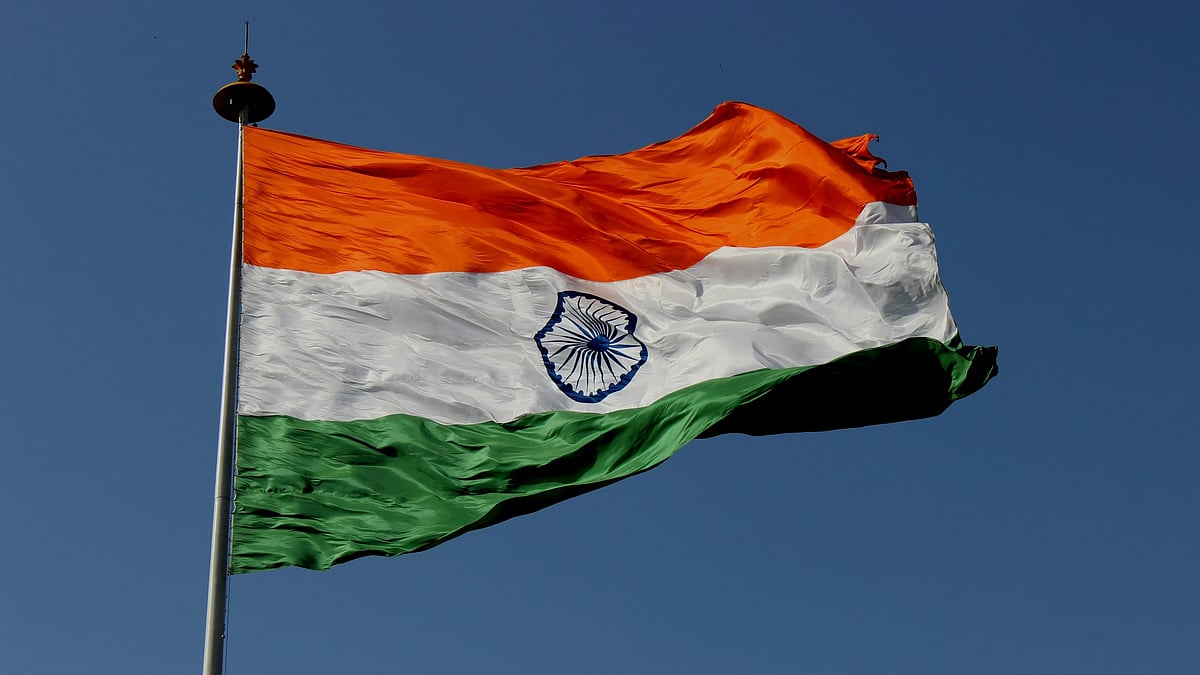India’s Naval Power: Strengthening Defenses Amid Rising Geopolitical Tensions | Representational Image
If India ever needed to spend more money on building up naval assets and military firepower, it is perhaps now, when the world order is fragmenting and the geopolitical churn in the Indian Ocean area has heated up to a feverish pitch.
The unipolar world we had grown used to after the fall of the Soviet Union started receiving a notice from a rising China around the time of the Wall Street crisis in 2008. However, even then the combined strength of the US, along with its European and Asian allies, meant that the world, more or less, remained under one single star: Washington’s.
With the return of Donald Trump as President of the US, that notion has received a setback, as the US now expects its European and Asian allies to increasingly look after their own defence needs.
“America First” is turning out to be a policy of “America in splendid isolation.” Washington’s attitude towards Iran and the Taliban may herald the opening up of fresh theatres of war in our neighbourhood, besides deepening the Middle East crisis instead of solving it as is being hoped by some.
As a consequence, China’s influence in Asia is likely to increase rather than decrease. China’s naval base in Djibouti has become a military rival to the American base at Diego Garcia. Beijing is likely to have also acquired naval facilities in Cambodia’s Ream Naval base, at a striking distance from the Indian Ocean.
Chinese-run ports also exist in Pakistan’s Gwadar and in Sri Lanka, which may in the future host PLA vessels. While the militarisation of Beijing-constructed ports in Bangladesh’s Cox’s Bazaar and Myanmar’s Ramree Island is now clouded by revolutions in those two countries, they remain firmly in the grasp of Chinese construction crews.
This “string of Chinese pearls” and PLA’s increased naval deployments in the Indo-Pacific, as well as the Chinese assertion that the Indian Ocean is “not India’s,” should worry us even though we have negotiated a mutual troop pullback on our Himalayan land border.
Possibly, India needs to buttress its blue water navy as never before. As it is, India’s defence budget for 2025-26, at Rs 6.80 lakh crore, or about US $78 billion, is but a fraction of China’s defence spending during 2024 of 2.1 trillion yen, or US $292 billion.
Until our economy expands at a fast pace and we are able to spend far more on defence, the chances of our military spending ever matching China’s are a far cry. Under the circumstances, the choice has to be one of smart spending and smarter diplomacy.
Unfortunately, spending on the two main areas where we need to concentrate if we wish to retain our leadership role in the Indian Ocean, our naval fleet and air fleet, also remains modest. We have budgeted to spend Rs 24,390 crore in the coming fiscal on the naval fleet, slightly less than what we spent in 2024-25, and about Rs 48,614 crore on aircraft and aero-engines, which represents an increase of about Rs 2,000 crore compared to this year.
Needless to say, these are puny compared to the US $1.4 trillion modernisation plan for the People’s Liberation Army, which is mostly driven by naval ambitions. A fourth aircraft carrier is expected to be inducted, and more Tang-class nuclear-powered ballistic missile submarines will be added to an already bloated Chinese fleet. This is in contrast to India’s lone aircraft carrier and lone nuclear submarine, to just take two parameters into account.
Beijing is also speeding up its nuclear weapons buildup and now owns some 500 warheads, three times India’s 172.
At the same time, the fragmentation of a, hitherto, unipolar world means the rise of many more regional players, some of them challenging India’s and the US’s primacy in the Indian Ocean region. Iran, Indonesia, and Pakistan are among the world’s top 30 military spenders.
One obvious strategy to counter this would be to invest more in Indian-built force multipliers, which would be cheaper, even if they are not equipped with the latest technology. The navy has shown the way in this by building most of our ships at home. We should certainly not hesitate to break a few IPR rules and buy the latest weapon systems and copy them for our forces (something we have consciously refrained from doing till now).
We should also invest in the miniaturisation of naval and weapon system assets and in drones that can deliver them. This could be a game changer in a future war.
Our biggest asset, however, is that we have “unsinkable aircraft carriers” in the Andaman and Nicobar Islands and in Lakshadweep. We should seek more islands on lease in the Indian Ocean from friendly governments in the region, which can dominate the commercial sea routes and where our forces can be stationed.
But far more importantly, we should seek to build a network of like-minded local allies in the ‘lands where the monsoon winds blow,’ an arc from East Africa to Indonesia, on whom we could depend if the world fragmented further and the risk of war became not a distant roll of thunder but an imminent danger.
Our diplomacy, which till now has either been based on sentiments or commercial considerations, must now look at the world with cold-measured eyes seeking alliances for us and for the defence of nations in the region. India seriously needs to reason through the formation of a local version of NATO, minus the superpowers.
